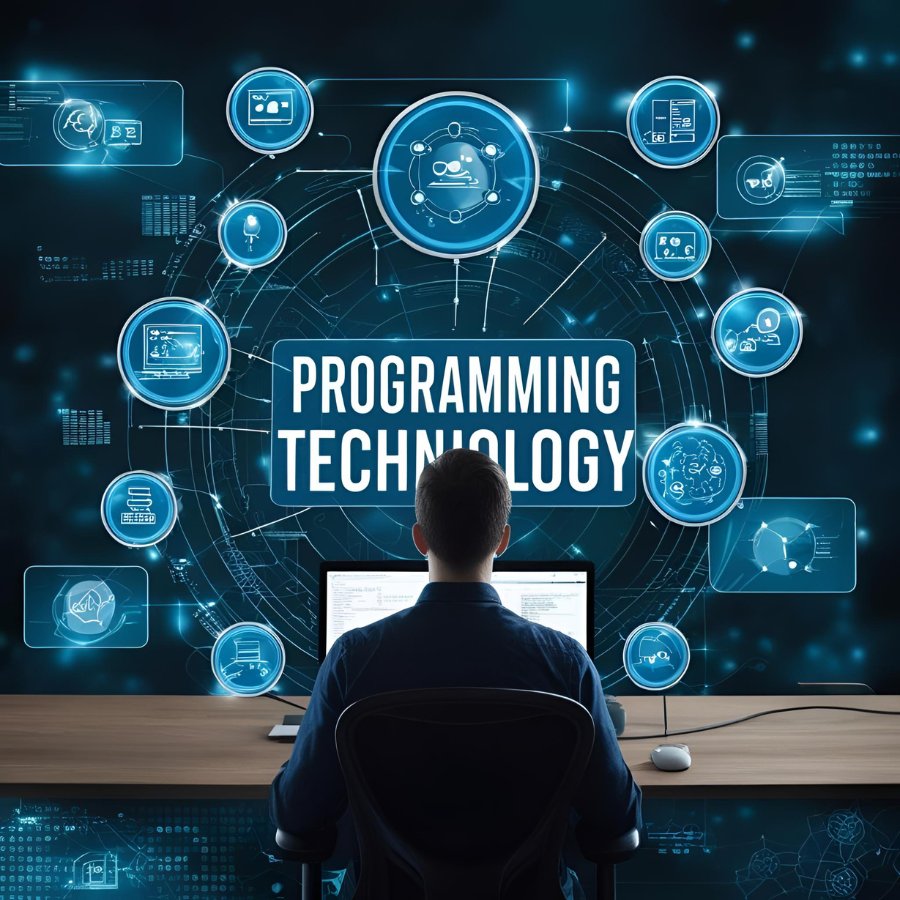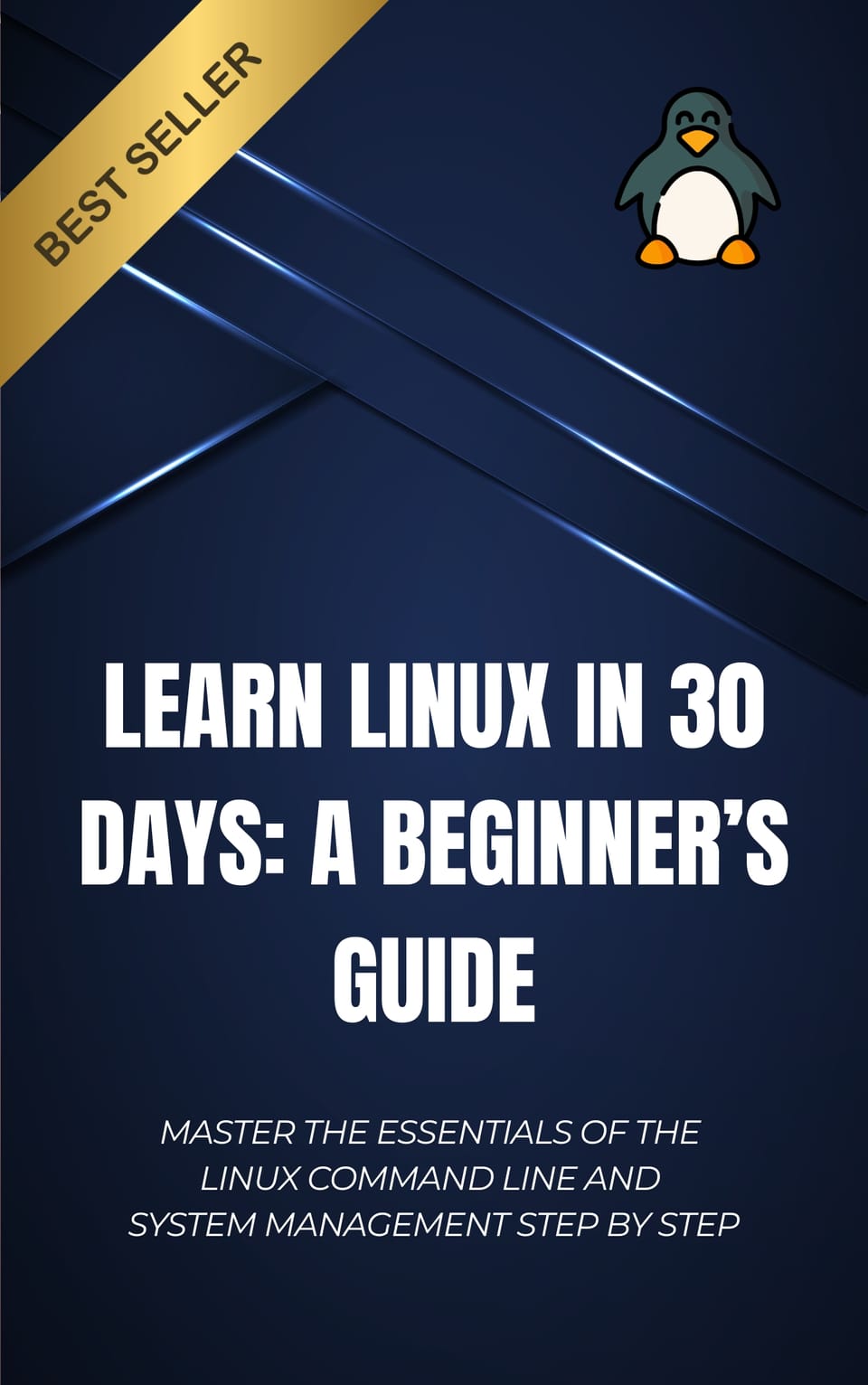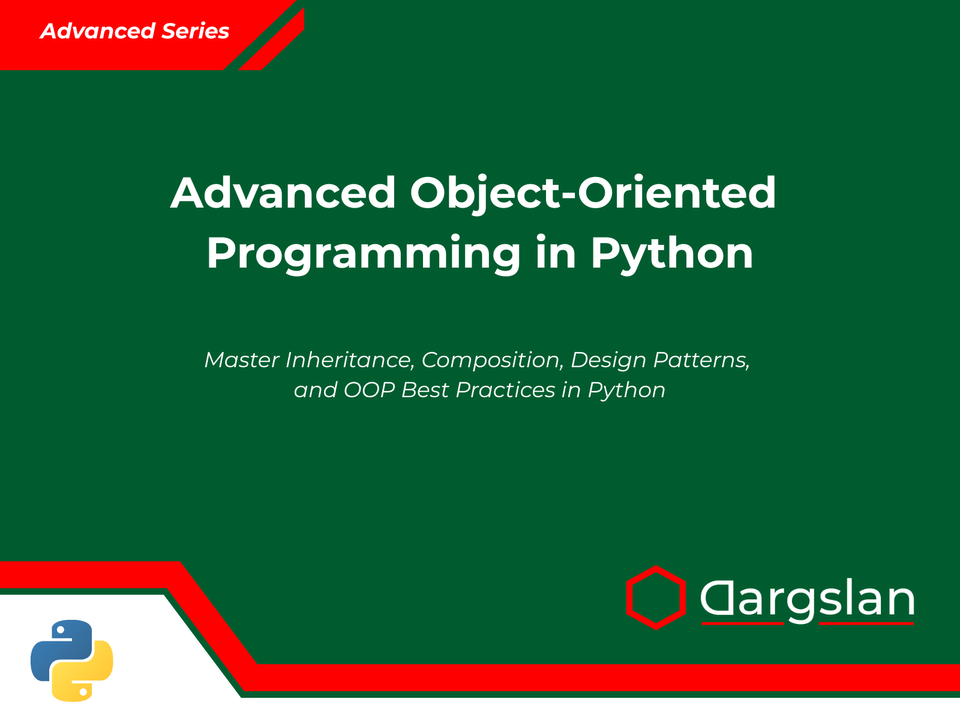Book Review: Python Basics for Data Enthusiasts
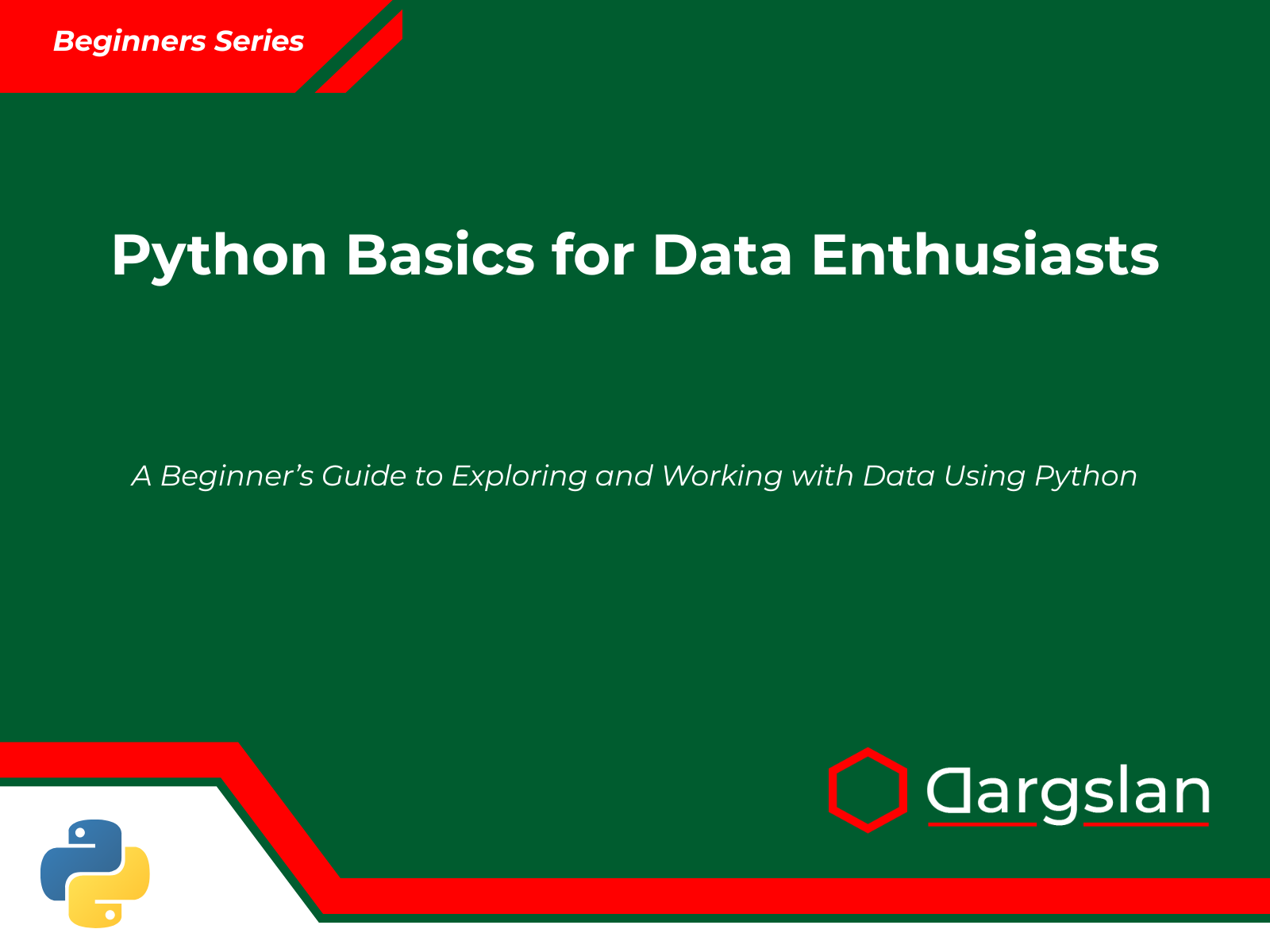
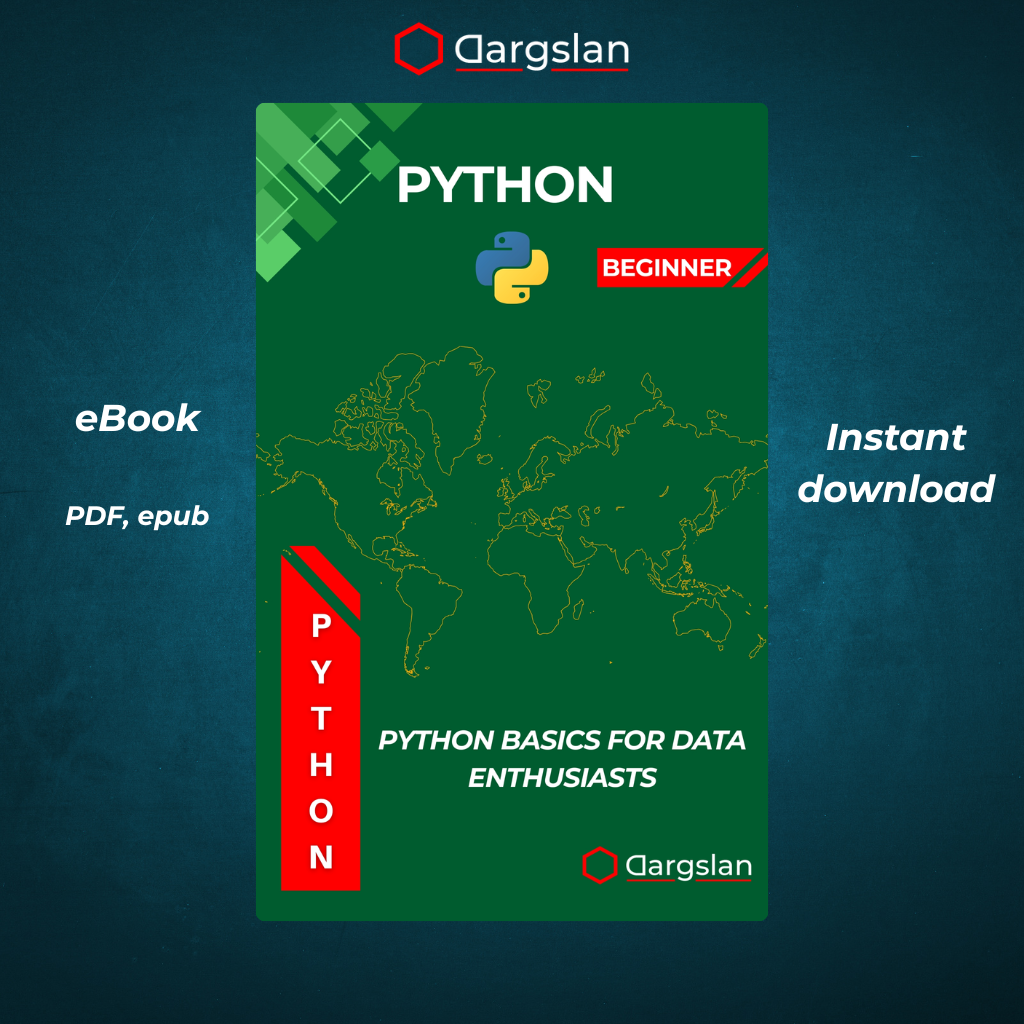
Python Basics for Data Enthusiasts
A Beginner’s Guide to Exploring and Working with Data Using Python
"Python Basics for Data Enthusiasts" - A Comprehensive Book Review
Introduction: Bridging the Gap Between Python Programming and Data Analysis
In today's data-driven world, the demand for professionals who can effectively analyze and interpret data continues to grow exponentially. "Python Basics for Data Enthusiasts: A Beginner's Guide to Exploring and Working with Data Using Python" by Dargslan emerges as a timely resource that bridges the critical gap between basic programming skills and practical data analysis capabilities. This book distinguishes itself by focusing exclusively on Python's applications in the data realm, offering readers a direct path to data proficiency without unnecessary programming detours.
Who This Book Is Perfect For
This meticulously crafted guide targets an often overlooked audience: individuals who want to work with data but don't necessarily aspire to become full-time programmers. Whether you're a:
- Business analyst seeking to enhance your data processing capabilities
- Student exploring career options in data analysis
- Professional looking to add data skills to your resume
- Researcher needing to process and visualize experimental data
- Curious learner interested in extracting insights from public datasets
This book offers a streamlined learning path focused on practical applications rather than theoretical programming concepts.
Content Overview: A Purpose-Driven Approach to Python
Chapter 1: Why Python for Data?
The book opens with a compelling case for Python as the language of choice for data work. Rather than making vague claims, the author provides concrete examples of how Python's readability, extensive libraries, and community support make it uniquely suited for data tasks. Readers will appreciate the honest comparison with alternatives like R and SQL, helping them understand Python's specific advantages in different data scenarios.
The author's practical approach is evident from the start, focusing on why these skills matter in real-world contexts rather than merely teaching syntax. This chapter effectively motivates readers by connecting Python skills to tangible career benefits and data capabilities.
Chapter 2: Getting Set Up
The setup chapter stands out for its clarity and troubleshooting guidance. Rather than simply listing installation steps, it anticipates common issues and provides platform-specific solutions for Windows, Mac, and Linux users. The author recommends Anaconda as the preferred distribution for data work—a wise choice that saves beginners from package management headaches.
The inclusion of environment setup verification steps ensures readers don't proceed with broken installations, a common pitfall in many programming books. The author also introduces Jupyter Notebooks early, setting the stage for the interactive learning experience that defines the rest of the book.
Chapter 3: Python Essentials Refresher
Instead of rehashing Python basics in exhaustive detail, this chapter takes a refreshingly focused approach. It covers only the Python fundamentals that are directly relevant to data work:
- Data types with emphasis on lists, dictionaries, and understanding mutable vs. immutable objects
- Control structures through the lens of data filtering and transformation
- Functions with examples of common data operations
- Basic error handling specifically for data import and cleaning scenarios
Each concept is presented with examples using small datasets, making the connection between programming constructs and data applications immediately clear.
Chapter 4: Working with External Data (CSV Files)
This chapter marks the transition from general Python to specific data skills. The comprehensive coverage of CSV handling includes:
- Understanding different delimiter types beyond just commas
- Handling missing values and inconsistent formatting
- Working with headers and column selection
- Techniques for dealing with large files without memory issues
- Creating, appending to, and writing data to CSV files
The practical exercises prompt readers to work with real-world messy CSV files, preparing them for the imperfect data they'll encounter in professional settings.
Chapter 5: Basic Data Cleaning Techniques
Data cleaning is often underrepresented in programming books, but here it receives the attention it deserves. The author systematically addresses common data issues:
- Standardizing inconsistent values and categories
- Handling missing data through various strategies
- Removing duplicates and identifying outliers
- Data type conversion and validation
- String manipulation for cleaning text data
Each technique includes both pandas-based solutions and "vanilla" Python approaches, giving readers multiple tools for their data cleaning arsenal.
Chapter 6: Visualizing Data with matplotlib and seaborn
The visualization chapter strikes an excellent balance between theory and practice. Rather than simply cataloging plot types, it guides readers through the visualization decision process:
- Matching visualization types to specific data questions
- Building visualizations step by step, from basic to publication-quality
- Customizing colors, labels, and styles for effective communication
- Creating multi-panel visualizations for data comparison
- Saving and exporting visualizations in various formats
The inclusion of seaborn alongside matplotlib allows beginners to create sophisticated visualizations without overwhelming complexity.
Chapter 7: Working with Real-World Data
This standout chapter applies the previously learned skills to authentic datasets from different domains:
- Financial data (stock prices and economic indicators)
- Healthcare data (patient records and epidemiological information)
- Marketing and consumer behavior data
- Environmental and climate datasets
- Social media and text data
Each dataset introduces domain-specific challenges and analytical techniques, providing valuable context for how data analysis varies across industries.
Chapter 8: Creating Simple Data Reports
The data reporting chapter transitions from analysis to communication, covering:
- Combining text and visualizations effectively
- Creating automated reports using Python
- Exporting results to various formats (PDF, HTML, etc.)
- Basic principles of data storytelling
- Building interactive dashboards with minimal code
The emphasis on communicating findings effectively acknowledges that data work isn't complete until insights are shared understandably.
Chapter 9: Projects to Practice Your Skills
The project chapter presents five increasingly complex data challenges:
- Analyzing personal finance data from bank exports
- Creating a weather data dashboard using public APIs
- Extracting insights from e-commerce product reviews
- Building a data cleaning pipeline for research datasets
- Developing a recommendation system based on user behavior
Each project includes clear requirements, starter code, and extension challenges, providing a scaffolded path toward independent work.
Chapter 10: What's Next for Data Enthusiasts?
The final chapter provides thoughtful guidance on continuing the learning journey:
- Specialized paths based on interest (data science, analytics, visualization)
- Recommendations for intermediate and advanced resources
- Overview of complementary skills (SQL, statistics, domain expertise)
- Building a portfolio of data projects
- Connecting with data communities and finding mentorship
The inclusion of learning roadmaps for different career directions helps readers strategically plan their ongoing education.
Comprehensive Appendices
The appendices significantly enhance the book's value:
- Python and Pandas Cheat Sheet: A well-organized reference that focuses on data operations rather than general programming.
- List of Public Datasets: Curated by domain, skill level, and project suitability, this list saves countless hours of dataset hunting.
- Common Errors and How to Fix Them: Addresses data-specific errors beyond basic syntax issues, including memory constraints and encoding problems.
- Weekly Practice Tracker (30 Days): A structured plan that transforms the book from a read-through experience to an active learning program.
Pedagogical Strengths and Learning Approach
What truly distinguishes this book is its pedagogical approach:
1. Data-First Learning
Rather than starting with abstract programming concepts, each topic begins with a data problem to solve. This approach maintains motivation and relevance, especially for professionals who need immediate practical applications.
2. Incremental Complexity
The exercises follow a carefully calibrated difficulty curve. Early chapters provide substantial code scaffolding, gradually reducing support as the reader's confidence grows. By the final projects, readers are writing significant portions of code independently.
3. Real-World Focus
From messy datasets to industry-relevant examples, the book consistently grounds concepts in authentic scenarios. The author clearly has experience with practical data work beyond academic environments.
4. Multiple Learning Modalities
The book accommodates different learning styles by providing:
- Visual explanations through diagrams and example plots
- Conceptual explanations of why approaches work
- Step-by-step code walkthroughs
- Hands-on exercises with immediate application
5. Error-Embracing Approach
Rather than presenting only clean, working examples, the book intentionally introduces common errors and debugging techniques. This "immunization" approach prepares readers for inevitable challenges in real data work.
Comparative Analysis: How It Stacks Up Against Competitors
When compared to other Python data books, "Python Basics for Data Enthusiasts" finds a unique middle ground:
- Unlike comprehensive references like "Python for Data Analysis" by Wes McKinney, it provides a more guided, beginner-friendly learning path.
- Compared to general Python beginners' books, it eliminates irrelevant topics and focuses exclusively on data applications.
- Unlike specialized data science books, it doesn't assume prior programming knowledge or advanced statistics background.
- In contrast to online tutorials, it offers a coherent, progressive curriculum rather than disconnected examples.
The book's sweet spot is its accessibility for true beginners combined with enough depth to achieve practical competence in basic data tasks.
Visual Design and Reader Experience
The layout deserves special mention for its contribution to learning effectiveness:
- Code segments are syntax-highlighted and annotated with explanatory comments
- Output displays appear exactly as they would in the reader's environment
- Warning boxes highlight common pitfalls and misconceptions
- "Try it yourself" sections are clearly delineated with specific objectives
- Margin notes provide contextual information and quick tips
The typographic hierarchy guides readers through different content types, making it easy to distinguish explanations from examples and exercises.
Practical Applications and Career Relevance
The skills taught in this book have immediate professional applications:
- Business Intelligence: Creating automated reports and dashboards
- Market Research: Cleaning and analyzing survey and consumer data
- Operations Analysis: Identifying efficiency patterns and outliers
- Financial Analysis: Tracking trends and visualizing financial data
- Content Analytics: Understanding user engagement and content performance
- Academic Research: Processing experimental data and creating visualizations
The author explicitly connects these applications throughout the text, helping readers envision how their new skills translate to workplace value.
Who Would Benefit Most From This Book
This book is ideally suited for:
-
Career Changers: Professionals transitioning into more data-focused roles who need practical skills without a complete computer science education.
-
Students in Non-Computer Science Fields: Business, science, or humanities students who need data skills for research or future careers.
-
Data-Adjacent Professionals: Marketing, finance, or operations professionals who work with analysts and want better technical communication capabilities.
-
Self-Taught Analysts: Those who learned some Excel or basic data tools but need a more programmatic approach for larger datasets or automation.
-
Technical Professionals Expanding Skills: Engineers, IT professionals, or other technical workers expanding their toolkit to include data analysis.
The book is less ideal for advanced programmers seeking specialized data science knowledge or those requiring extensive statistical theory.
Learning Outcomes: What You'll Gain
Upon completing this book and its exercises, readers will be able to:
- Import, clean, and structure various data formats for analysis
- Perform exploratory data analysis to identify patterns and anomalies
- Create clear, informative visualizations tailored to specific questions
- Build automated data pipelines for repeated analyses
- Generate professional reports that communicate data insights
- Approach new datasets with a systematic methodology
- Understand and fix common data-related errors
- Continue their learning journey with a solid foundation
These concrete skills directly translate to workplace capabilities valued across industries.
Limitations and Considerations
In the interest of fairness, potential readers should consider a few limitations:
- The book intentionally limits coverage of statistical theory, focusing on practical applications over mathematical foundations.
- Machine learning receives only introductory treatment, as the book prioritizes foundational data skills.
- Database integration through SQL is mentioned but not covered extensively.
- Some highly specialized visualization libraries beyond matplotlib and seaborn are left for more advanced texts.
These limitations reflect the book's focused scope rather than deficiencies—the author has made deliberate choices to maintain clarity and relevance for the target audience.
Conclusion: A Purpose-Built Bridge to Data Proficiency
"Python Basics for Data Enthusiasts" succeeds brilliantly at its core mission: providing a direct, efficient path to practical Python-based data skills. The author has crafted a learning experience that respects readers' time and motivation by focusing exclusively on relevant content, providing authentic practice opportunities, and building toward independent capability.
For beginners intimidated by programming but eager to work with data, this book removes unnecessary barriers while providing sufficient depth for real-world applications. The result is a rare achievement in technical education—a resource that is both accessible to newcomers and immediately practical.
Whether used for self-study, as a course companion, or as a team skill-building resource, this book delivers exceptional value for anyone looking to harness Python's power for data work without becoming a programming specialist.
FAQs About "Python Basics for Data Enthusiasts"
Do I need prior programming experience to use this book?
No prior programming experience is required. The book starts with Python fundamentals tailored specifically for data work.
How long does it take to work through this book?
Following the included 30-day practice tracker, most readers can complete the material in 4-6 weeks with consistent practice. More intensive study could reduce this to 2-3 weeks.
Does this book cover machine learning?
The book introduces basic concepts of machine learning but focuses primarily on data preparation, analysis, and visualization—the essential skills needed before effective machine learning.
What Python libraries does the book cover?
The primary focus is on pandas, matplotlib, and seaborn, with introductions to numpy and basic machine learning with scikit-learn.
Is this book suitable for academic courses?
Yes, the structured approach and comprehensive exercises make it appropriate as a textbook for introductory data analysis courses, particularly in business, social sciences, or as a complement to research methods classes.
What makes this book different from online Python tutorials?
Unlike disconnected tutorials, this book provides a coherent learning path with increasing complexity, consistent examples, and a focus on building independent problem-solving skills rather than just copying code.
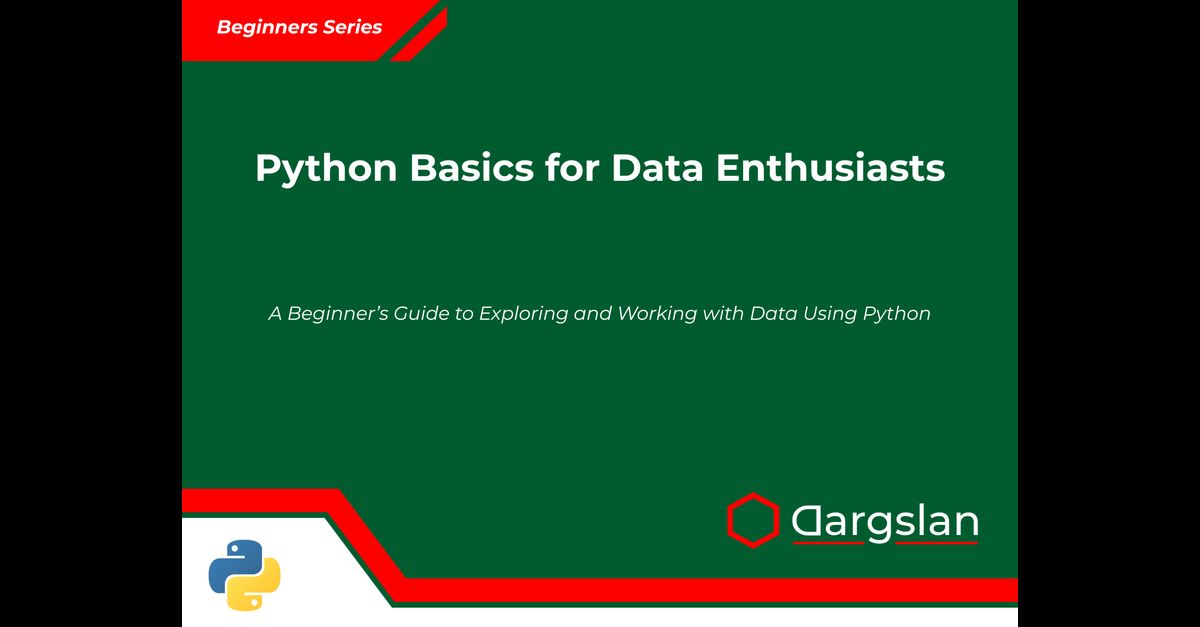
Python Basics for Data Enthusiasts



